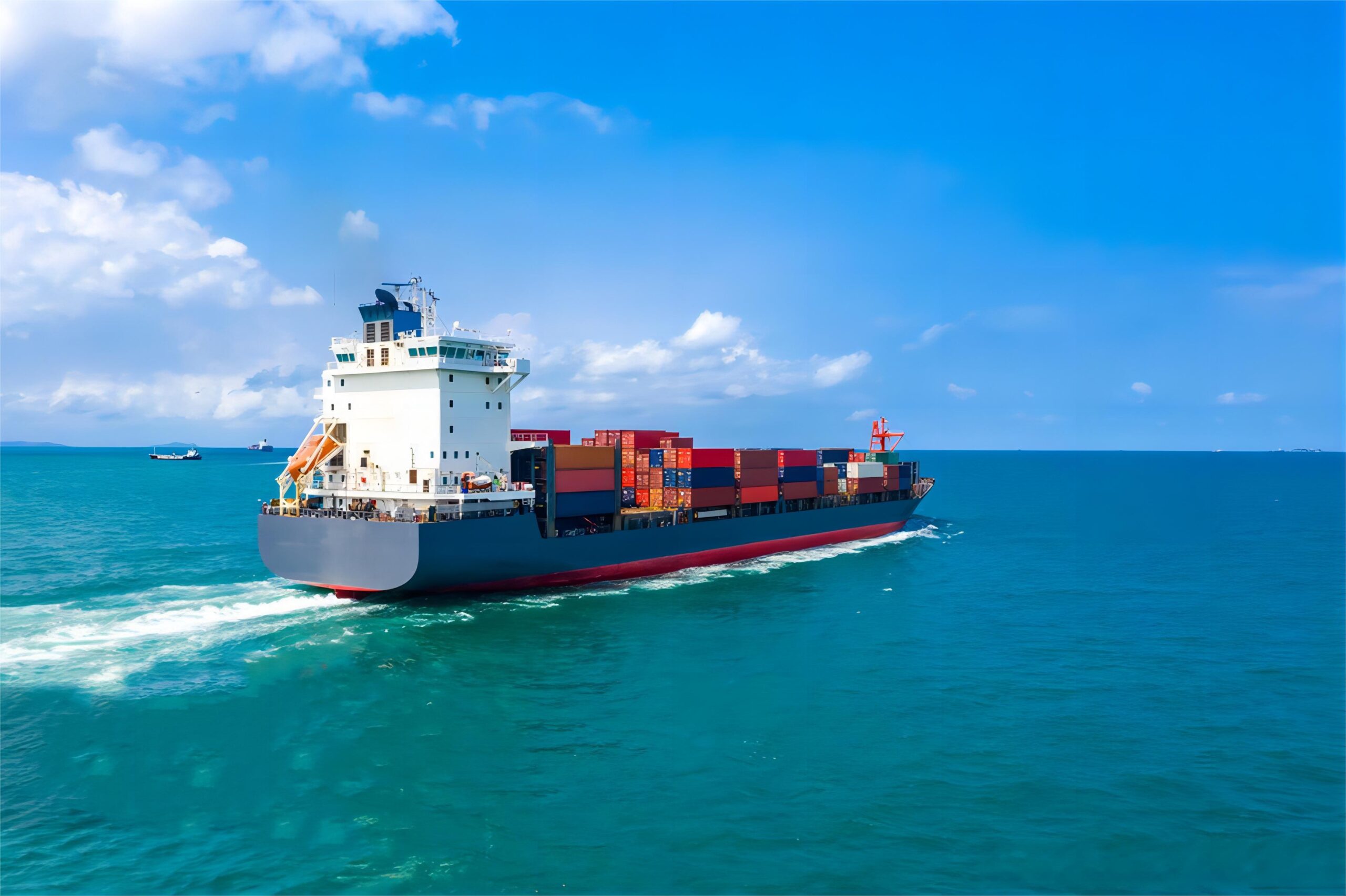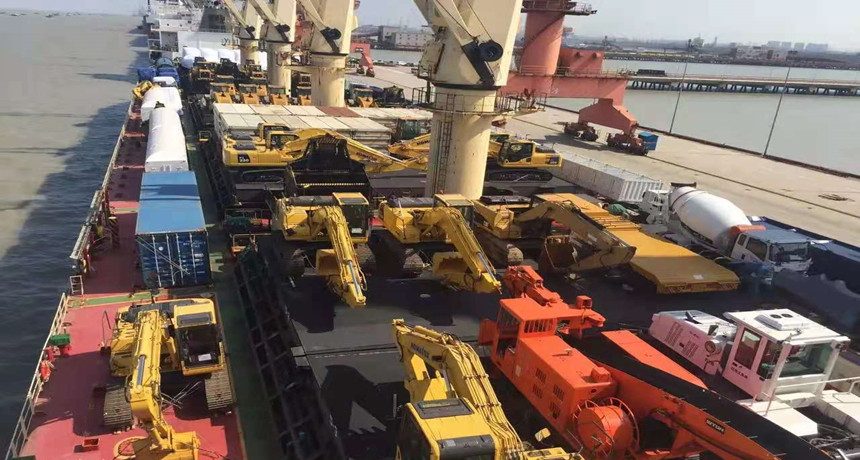Navigating the acquisition and shipment of dangerous cargo from the U.S. requires meticulous planning and adherence to safety protocols. First, familiarize yourself with the DOT's Hazardous Materials Regulations to ensure proper classification and packaging. Select a reputable carrier experienced in handling such goods, and prepare comprehensive documentation, including a Shipper's Declaration. Equip your team with the necessary training, and establish an emergency response plan to address any potential incidents. By prioritizing safety and compliance, you can proceed with confidence in your dangerous cargo transportation.
The Shipper Export Declaration for freezer goods is a critical document that outlines the specifics of temperature-sensitive shipments. It includes details such as the type of goods, their value, and the necessary refrigeration conditions to maintain product quality during transit. This declaration is essential for customs clearance, ensuring that freezer goods are compliant with export regulations and can be safely transported to their destination without compromising their integrity.
Ordering delivery exclusively to the port of Kotka is feasible, provided that the shipping company offers such services and the necessary arrangements are made for the cargo's handling and customs clearance upon arrival. It requires coordination with logistics providers to ensure the goods are appropriately managed from the point of delivery at the port to their final destination.
To help prevent delays in your shipment, it's essential to plan meticulously and communicate effectively with all parties involved. Begin by ensuring that all documentation is accurate and complete, as errors can lead to significant hold-ups. Choose a reliable carrier with a good track record for punctuality and clear communication. Keep abreast of any potential issues that could affect shipping routes, such as weather conditions or port congestion, and be prepared to adjust your plans if necessary. Additionally, consider providing advance notice for shipments and maintain open lines of communication with your freight forwarder or carrier to address any concerns promptly. By being proactive and prepared, you can minimize the chances of delays and ensure a smoother shipping process.
To proceed with ship loading for a cargo destined for Erevan, start by confirming the ship's specifications and ensuring your cargo meets the requirements. Work closely with a shipping company experienced in routes to Erevan and prepare all necessary documentation, including the Bill of Lading and export declarations. Properly pack and label your cargo, adhering to international standards for safety and compliance. Communicate with port authorities to arrange the logistics for loading, ensuring a smooth and efficient process.
If you're looking for a warehouse to drop off your cargo, consider partnering with a logistics provider that offers warehousing services. These facilities can securely store your goods, manage inventory, and facilitate the loading process for onward transportation. Ensure the chosen warehouse meets your cargo's specific requirements and is conveniently located for easy access. Coordinate with the warehouse staff to arrange the drop-off, discuss handling instructions, and confirm the timeline for your shipment.
In the shipping industry, common freight payment methods include prepaid, where the shipper pays upfront, and collect, where the consignee pays upon delivery. Third-party payments, credit terms, cash on delivery (C.O.D.), and letters of credit are also frequently used, each offering varying levels of security and convenience for both shippers and carriers. Electronic funds transfer (EFT) is a popular option for its speed and security. The choice of method depends on the specific needs and agreements between the involved parties.
In the logistics sector, guaranteeing an exact delivery date can be challenging due to various factors such as weather, customs, and transportation efficiency. While carriers aim for precise delivery, they often provide estimated time frames based on historical performance and current logistics conditions. To enhance the chances of on-time delivery, shippers should select reliable carriers, ensure timely communication, and prepare shipments with accurate documentation. It's also wise to consider expedited services for critical shipments and to have backup plans for potential delays.
The maximum size and weight for shipping depend on the carrier's restrictions and the mode of transportation. For most carriers, standard shipping limits include dimensions not exceeding 6 feet in length, 3 feet in width, and 3 feet in height, with a typical weight limit around 150 pounds. However, these limits can vary, and some carriers offer services for oversized or heavy shipments, often with special handling requirements and additional costs. It's essential to consult with the specific carrier for their exact size and weight allowances to ensure your cargo can be safely and legally transported.
Lorem ipsum dolor sit amet, consecte tur adipisicing elit, sed do.

Rail freight is a mode of transport in which rail cars efficiently carry goods on land via dedicated tracks.

Air freight is another term for air cargo that is, the shipment of goods through an air carrier.

A method of transporting large quantities of goods, usually packed in shipping containers by sea.

Break bulk is the system of transporting goods in pieces separately, rather than being shipped in a container